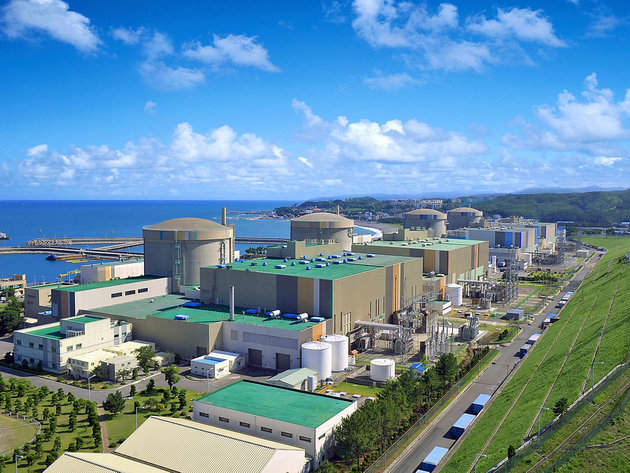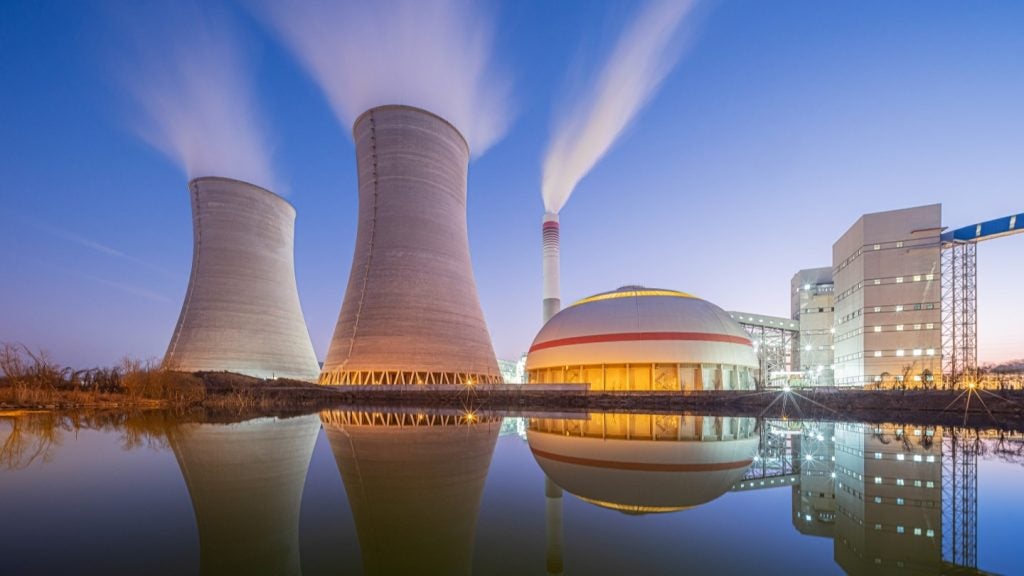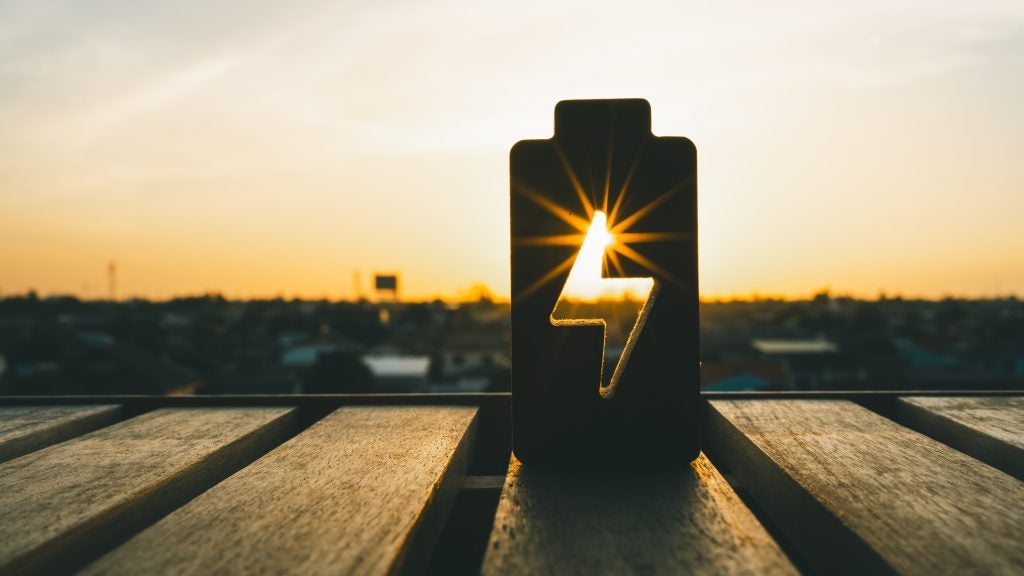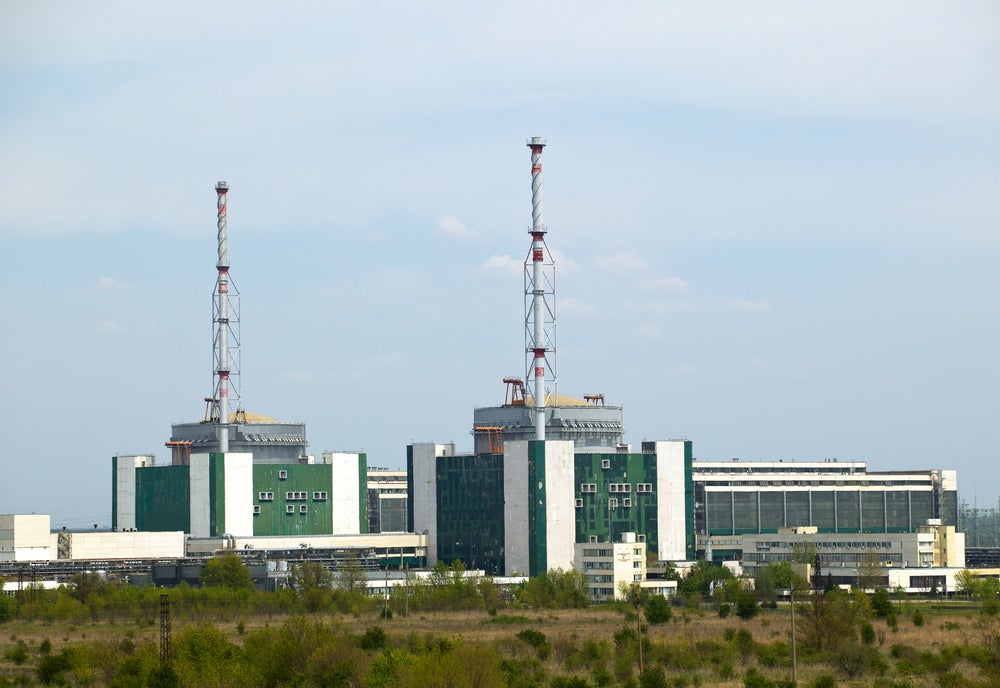
Nuclear technology is being embraced across Asia as countries with and without current nuclear facilities announce plans for the construction of new plants. Asia is already a front-runner for nuclear energy, with nearly two-thirds of current reactors located on the continent. This equates to 128 reactors already in use, but a staggering 90 new reactors are planned, not including the 40 already under construction.
The World Nuclear Association has released a new report detailing the progress being made in Asia, highlighting that of the ten reactors that came online in 2015 nine were in East Asia. Countries with pre-existing nuclear facilities are leading the movement, with the fastest expansion happening in China, Japan, India and South Korea.
But where are these new plants and who is making the most progress?
China’s nuclear development strategy
China already boasts an impressive nuclear fleet, and this looks set to grow over the next decade and beyond. The Chinese Government’s Energy Development Strategy Action Plan, 2014-2020 sets out a series of goals, including nuclear capacity targets, more plants along the country’s eastern coast and promotion of large pressurised water reactors.
In 2015, eight new reactors were connected to the grid in China, accounting for 80% of all reactors that came online. The reactors at Fangjiashan, Fuqing, Hongyanhe, Ningde, Changjiang, Fangchenggang and two at Yangjiang, brought the total number of functioning nuclear facilities up to 34, providing a total net capacity of 29.4GW. There are a further 21 reactors currently under construction in China, which will see an extra 21.5GW added to the grid within the next few years.
In 2015, China opened up its reactor approvals for the first time since 2011. The Fukushima disaster led to widespread fear of nuclear energy, so new reactor approvals are an important step for China’s nuclear agenda. Nuclear technology is a key aspect of the country’s efforts to decarbonise its energy system.
How well do you really know your competitors?
Access the most comprehensive Company Profiles on the market, powered by GlobalData. Save hours of research. Gain competitive edge.

Thank you!
Your download email will arrive shortly
Not ready to buy yet? Download a free sample
We are confident about the unique quality of our Company Profiles. However, we want you to make the most beneficial decision for your business, so we offer a free sample that you can download by submitting the below form
By GlobalDataIn 2012, China set a target to hit 58GW of nuclear capacity by 2020. Despite significant increases, it seems likely with current reactors and construction to reach just 51GW. This shortfall is predominantly due to the post-Fukushima period of 2011 to 2015 when no reactors were approved.
Expanding India’s nuclear capacity
India’s nuclear programme includes a large amount of international cooperation, working with Russia, France and US companies to build and run its nuclear fleet. Principal approval has been given by the government to build ten new nuclear facilities across nine states, half of which will be pressurised heavy water reactors. Along with these ten, there are also plans to build two small 600MW fast breeder reactors in Kalpakkam. This is a bold move given the number of failed fast breeder reactor projects; however, it is a technology many are hoping will soon be perfected, and one that France is also exploring with the construction of its ASTRID reactor.
India has a long way to go to meet its 14.5GW nuclear target by 2024. In 2015, it had 6.2GW installed nuclear capacity from its 20 reactors. This provided a record 34.6TWh of power; however, this covered just 3.5% of India’s current energy consumption. As infrastructure and India’s power grid develops, the country is becoming ever more energy-hungry. India’s energy consumption is expected to grow by 128% by 2035 over 2015 levels.
So far all of India’s new nuclear facilities are running behind schedule, and many are over budget, amounting to billions of extra set-up costs. The country has struggled with plant construction historically because it is outside of the nuclear non-proliferation treaty, excluding it from nuclear plant trading. However due to an agreement with International Atomic Energy Agency (IAEA) in 2009, this restriction has significantly eased, facilitating international investment.
Over the next few years, the construction of new plants and a particular emphasis on fast breeder reactors should see India’s nuclear sector grow rapidly. The country’s nuclear capacity is expected to increase by 117% by 2035 over 2015 levels, with hopes that nuclear can provide 25% of India’s power by 2050. This relies upon a greater ability to complete projects on time and on budget, but the Indian Government is pursuing the technology with vigour and hope.
Japan regains confidence in nuclear
Japan was once at the pinnacle of nuclear technology. Embracing the technology in the mid-1960s, it had constructed an impressive nuclear fleet of over 50 reactors by 2011 producing around 30% of its energy, with plans to increase capacity. However, following the tsunami that triggered the Fukushima disaster in 2011, all of these were shutdown. This has left Japan in the difficult position of needing to import 90% of its energy amounting to $40bn of annual expenditure, largely on coal imports.
At present, only two of Japan’s reactors are running; 42 are operational but currently mothballed. Kyushu Electric Power Company restarted two units of the Sendai nuclear power plant in the third quarter of 2015, but to gain approval it had to strengthen safety measures. Twenty-four other reactors are being reviewed prior to reopening, and it is likely that they will also be subject to far more stringent safety measures.
Japan’s nuclear future remains unclear; in 2008 it had plans to generate 60% of its power from nuclear sources by 2100, a figure now completely unimaginable. By 2030 Japan expected to be 70% self-reliant, investing vast amounts of money in nuclear and renewable energy sources such as solar. This would have vastly reduced its CO2 emissions.
One of the Japanese nuclear sector’s biggest trials is now to regain public confidence, which has been hard hit by the 2011 disaster. This has not been helped by the recent failure and closure of one of Japan’s two fast breeder reactors, Monju, which will begin decommissioning this year following a string of scandals, leaving JOJO as the country’s only fast breeder reactor in operation.
South Korea’s power partnerships
South Korea’s seventh basic long-term power development plan for electricity supply and demand was released in July 2015 and cemented a commitment to nuclear energy. It introduced plans to construct a further 12 reactors, as well as extending the life of a current unit, Wolsong 1.
Presently it has 25 operational nuclear units; in 2015 these created 157.23TWh or 31.7% of the country’s electricity demand. The new reactors are expected to be operational by 2029, and will almost double South Korea’s nuclear capacity, bringing it up to 43GW. This will amount to an estimated 59% of the country’s energy demands.
In 2015, South Korea and the US signed a 20-year extension to their long-standing civil nuclear cooperation agreement. The extension differs from the previous agreement – originally signed in 1974 – because it is worded as a partnership. This will allow South Korea a much greater level of freedom to manage its own nuclear energy programmes, which is key for the expansion of its fleet.
However, over the past few years the nuclear industry in South Korea has been hard hit by a series of falsification scandals which resulted in the closure of several reactors. These have also delayed several projects, including Korea’s first APR-1400 pressurised water reactor, Shin Kori 3. Originally scheduled to start operations in 2013, the unit was only commissioned in 2016. Despite these setbacks, South Korea looks set to substantially increase its nuclear fleet in the hope of nurturing one of its most reliable low-carbon energy sources.







